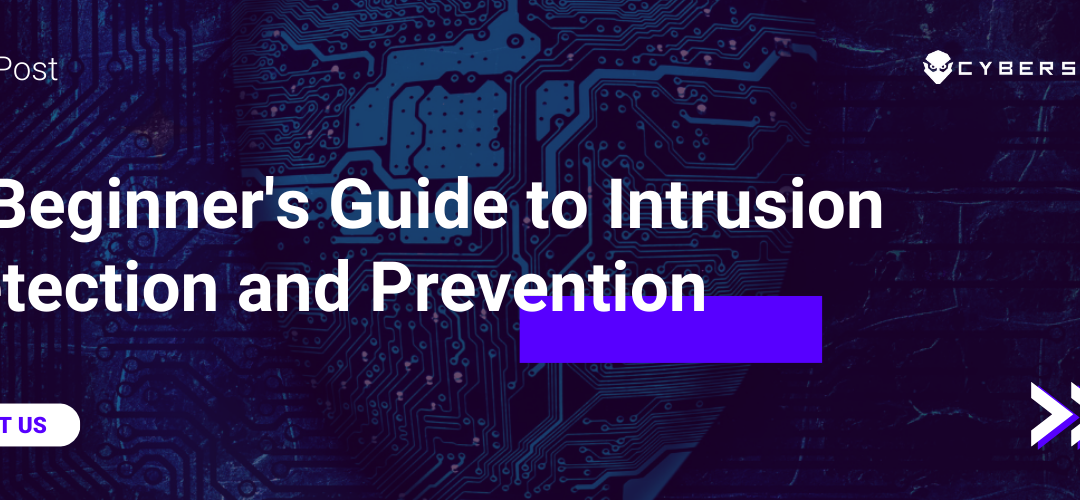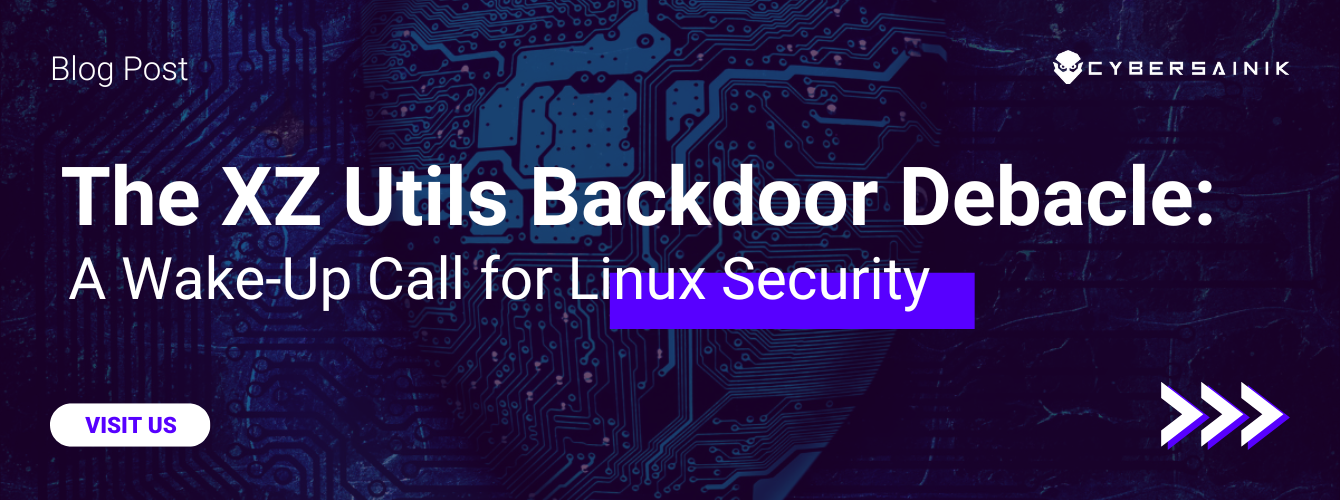The rate, as well as the effects of data breaches, have increased significantly over the past several years as businesses conduct their transactions online. In addition to data loss, businesses often incur financial losses as well following a successful data breach. In 2019, the average global cost of a data breach to an organization was $3.92 million representing a 1.5% increase from the preceding year, 2018.
In order to ensure that your business remains protected from data breaches by cybercriminals, you need to have a robust cybersecurity strategy in place. Your cybersecurity strategy should have multiple layers and solutions to guard and protect against the different techniques used by cybercriminals. In addition to traditional cybersecurity measures such as multi-factor authentication, anti-virus software, and firewalls, you should also include an intrusion prevention system in your cybersecurity arsenal.
WHAT IS AN INTRUSION PREVENTION SYSTEM
An intrusion prevention system (IPS) is a cybersecurity solution that allows for a proactive rather than a reactive approach to cybersecurity. The IPS solution typically sits behind the network firewall and scans all incoming traffic, looking for malicious data packets, aberrancies in traffic flow, or other indicators of a potential threat to a network. Once a threat is detected, the IPS software initiates measures that counteract and neutralize the detected threat. The type of action that is taken depends on how the IPS solution is configured by the network administrator. IPS software provides a secondary layer of network monitoring as well as analysis and should especially be used to protect mission-critical data or proprietary information.
IPS DETECTION TECHNIQUES
Depending on the type of solution, the preference of the network administrator, and the type of business network, IPS solutions can be configured in several ways to guard against unwanted intrusion:
1) SIGNATURE-BASED DETECTION
Signature-based detection is the most basic IPS configuration and entails network pattern analysis. The IPS solution monitors the pattern of traffic flow, also known as a traffic signature, into and out of a network. These signatures are compared with those of previously reported cyberattacks, looking for similarities that may be indicative of a potential network threat. Once detected, these signatures are flagged and neutralized.
The major downside to signature-based detection is that it is only effective at identifying known cyberattack signatures. As cyber criminals continually develop new cyberattack strategies, a signature-based IPS solution may not detect these novel attack strategies as there is no reference for traffic signature comparison. This may enable cybercriminals to penetrate a network and evade detection.
2) ANOMALY-BASED DETECTION
An anomaly-based IPS configuration is similar to the signature-based configuration because the network traffic signature is analyzed in both instances. With an anomaly-based detection configuration, however, the IPS solution looks for aberrancies or deviations from what is considered to be the normal traffic flow for the network. When this is first set up, there is an initial training period when the IPS solution obtains a baseline of normal traffic flow into and out of the network. Once this baseline has been ascertained, any deviations in traffic signature are considered suspicious and flagged for further action.
While anomaly-based IPS solutions can detect both old as well as novel cyberattack strategies, unlike its signature-based detection counterpart, its major disadvantage is its high false positivity rate. Since deviations from the baseline are regarded as potential threats, legitimate variations in traffic signature may be falsely flagged as threats and trigger unnecessary actions.
3) POLICY-BASED DETECTION
With policy-based detection IPS solution, network administrators decide what type of traffic is normal for the network, based on the type of business as well as the network configuration. Security policies are then set in place using the criteria decided on by the network administrators. Any traffic signature or network activity that violates the security policies are flagged by the IPS software for further review and action.
BENEFITS OF AN INTRUSION PREVENTION SYSTEM
1) ACCESS CONTROL
Access control is a cornerstone of any effective cybersecurity strategy. The greater the number of devices that can access a network, the wider the attack surface area that can be exploited by cybercriminals. It is important to ensure that only approved devices can access a network; this is especially true for mission-critical systems.
With an IPS, you can control which devices have access to your network. The network administrator can configure different devices to have different rights within a network. Unapproved devices will be blocked from accessing your network.
2) TRAFFIC ANALYTICS
Regular network traffic analysis is important for network maintenance as well as the detection of cyber threats. Network administrators use the results from the analysis to make network modifications to ensure that it operates at optimal capacity. IPS solutions make it easy to monitor network traffic; regular reports can be generated that provide network administrators with the required information.
3) THREAT ALERT NOTIFICATION
The ability to respond promptly to identified network threats is essential in cybersecurity. The longer it takes to mount a response after a threat has been detected, the greater the potential damage that may be caused to the network. Once a threat is detected, alerts should be immediately triggered and sent to the network administrators so that an effective response is initiated with minimal delay. IPS solutions offer the ability to set up a variety of alert notifications that are triggered depending on the nature of the threat.
4) SECURITY CUSTOMIZATION
The cyber threats faced by businesses vary based on the type of network as well as the nature of the business. Additionally, cyber threats are constantly evolving as cybercriminals develop novel as well as creative cyberattack strategies. For a business network to remain secure, cybersecurity solutions have to be easily customizable in accordance with the nature of the cyber threat as well as the type of business. With IPS solutions, network administrators can readily tailor their cybersecurity techniques and strategies as needed, thereby ensuring that the business network remains secure at all times.
5) IMPROVED SECURITY EFFICIENCY
Network administrators typically use more than one type of security solution or protocol as part of their cybersecurity strategy. IPS solutions can be used to support the workload of other security controls, thereby enhancing their efficiency. By identifying and neutralizing malicious traffic early, the other security controls have less to contend with. This may result in an overall improvement in network performance.
WHY CYBER SAINIK IS RIGHT FOR YOU
At Cyber Sainik, we understand how important it is to have an effective cybersecurity strategy for your business. We are skilled in implementing IPS solutions tailored to meet the unique needs of your business. We have experts on hand ready to work with you and get you started with your IPS solution. For more information, and to get started, contact us.




